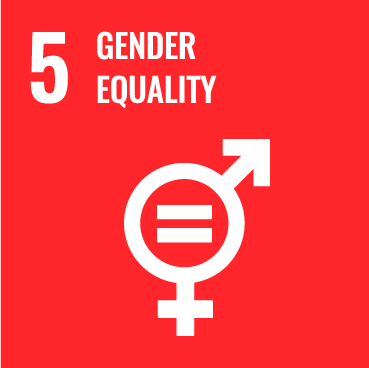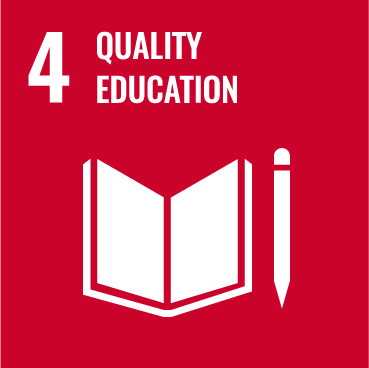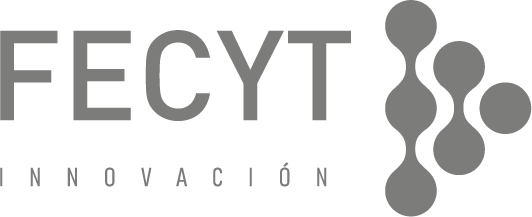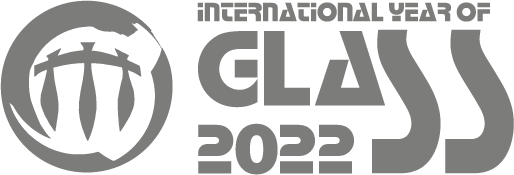Explore the exhibition






1. Maria Bang-Espersen, International Glass Prize in Lommel, Belgium (2012). Kristof Vrancken
2. Strange Fruit Installation, by Chris Day. Manually blown and sculpted glass, with steel, hemp rope and recovered electric wire.
3. Dam-Dah (2019), by Choi Keeryong. Kiln-formed glass and gold leaf.

1. Maria Bang-Espersen, International Glass Prize in Lommel, Belgium (2012). Kristof Vrancken
2. Strange Fruit Installation, by Chris Day. Manually blown and sculpted glass, with steel, hemp rope and recovered electric wire.
3. Dam-Dah (2019), by Choi Keeryong. Kiln-formed glass and gold leaf.

Glass art: challenging the status quo
Is Glass Art education accessible to all? Although some higher education institutions offer reasonable fees or free education, on other occasions the fees are excessively high. This restricts access to the studies and generates a lack of diversity and inclusivity in the sector.
Moreover, hot glass workshops have historically been a prime space for gender inequality, with men often dominating the field of blown glass in particular. In past decades, many renowned international educational centres for glass making have organized essentially male-only displays of macho, technical process in front of large audiences, often side-lining female counterparts and minority cohorts.
In the last decade, things have started to change with a new wave of glass artists challenging the status quo through their own unique stories. A new social and political commentary, which addresses questions of gender and race, is emerging. However, there is still a long way to go as regards gender equality and diversity, since many people working in the sector suffer discrimination and are underrepresented and undervalued.
Glass art needs a wider range of voices, teachers, mentors and role models to inform and lead future generations. Exhibitions, conferences and workshops are vital in raising awareness of the professional, highlevel calibre of glass artists who are out there, possibly undiscovered.
Glass art: challenging the status quo
Is Glass Art education accessible to all? Although some higher education institutions offer reasonable fees or free education, on other occasions the fees are excessively high. This restricts access to the studies and generates a lack of diversity and inclusivity in the sector.
Moreover, hot glass workshops have historically been a prime space for gender inequality, with men often dominating the field of blown glass in particular. In past decades, many renowned international educational centres for glass making have organized essentially male-only displays of macho, technical process in front of large audiences, often side-lining female counterparts and minority cohorts.
In the last decade, things have started to change with a new wave of glass artists challenging the status quo through their own unique stories. A new social and political commentary, which addresses questions of gender and race, is emerging. However, there is still a long way to go as regards gender equality and diversity, since many people working in the sector suffer discrimination and are underrepresented and undervalued.
Glass art needs a wider range of voices, teachers, mentors and role models to inform and lead future generations. Exhibitions, conferences and workshops are vital in raising awareness of the professional, highlevel calibre of glass artists who are out there, possibly undiscovered.



